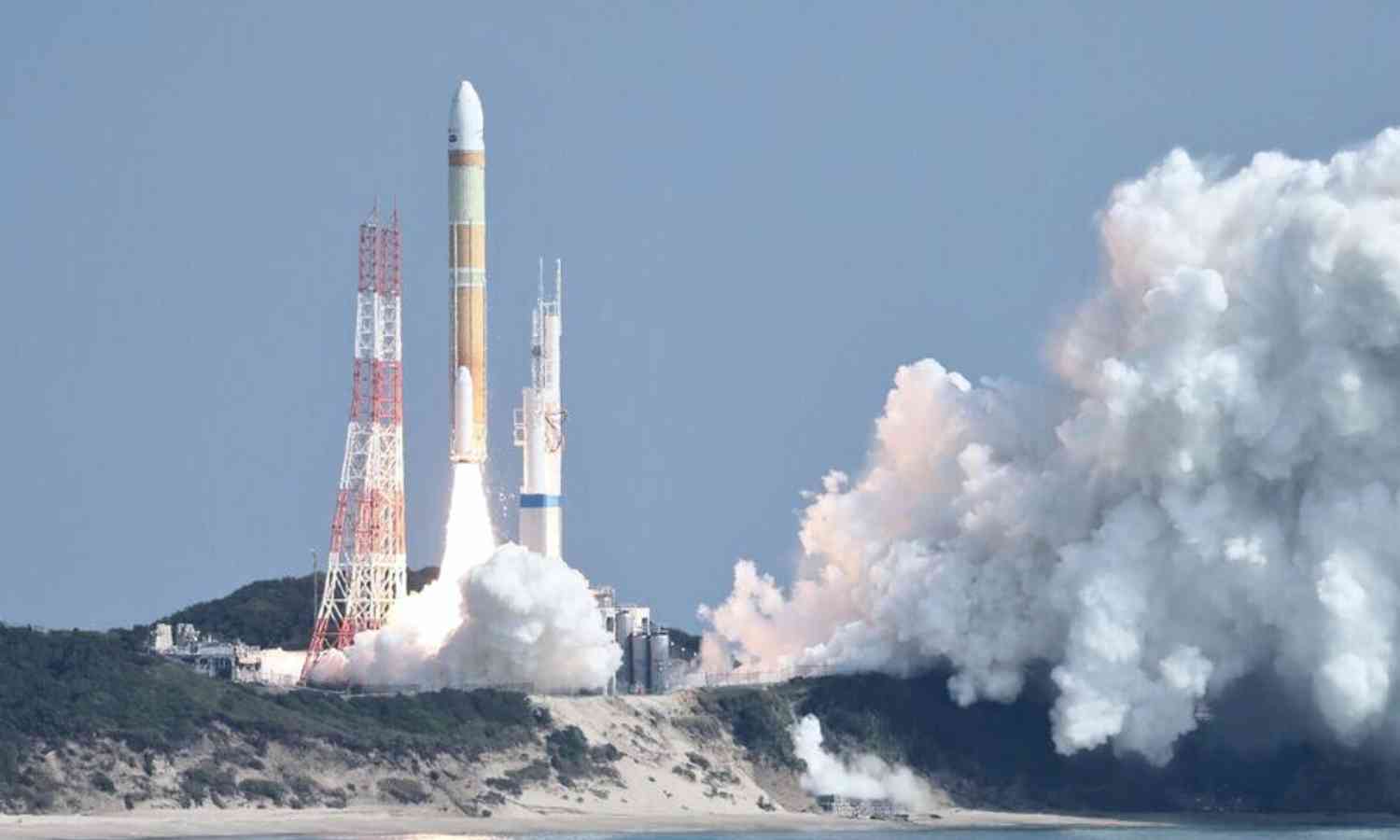Japan's space agency JAXA aims to launch the H2-A rocket to the moon on Sunday morning. This comes after following the recent success of Chandrayaan-3 and the failure of Russia's Luna-25. Chandrayaan-3 is a spacecraft that India's ISRO just launched, became the first nation to softly land on the south pole of the moon.
The H2-A rocket is planned to launch on Sunday morning from the Tanegashima Space Center in southern Japan with an advanced image satellite and a lightweight lander that will make its landing on the moon in January or February.
The H2-A rocket from the Japan Aerospace Exploration Agency (JAXA) is the organization's best-performing rocket, according to a Bloomberg report, with only one failure in 42 missions since 2001.
The Small Lander for Investigation of the Moon, or SLIM, will be launched atop a nearly 9.8-foot H2-A rocket. The X-ray Imaging and Spectroscopy Mission, or XRISM, a satellite that will aid scientists in observing plasma in stars and galaxies, will also be launched on the H2-A rocket.
According to the report, H2-A's success may open the door for other probes with superior navigational accuracy. Additionally, it might assist JAXA in regaining its reputation after an expensive string of mishaps last year.
When JAXA was forced to cancel its plans for the sixth launch of the Epsilon rocket mid-flight in October 2022, issues started to arise. It was a Japanese rocket's first major failure since 2003.
In February 2023, a problem with the H3 rocket's main engine and side booster forced JAXA to delay the launch. The second-stage rocket engine failed to ignite in March, requiring operators to send a self-destruct code while the rocket was still in the air.
Since Epsilon and H3 both use the same solid rocket booster, the July explosion of an Epsilon S rocket's engine during a ground test was a severe setback for both rockets.
(Image: JIJI Press/AFP/Getty Images)
© Copyright 2023. All Rights Reserved Powered by Vygr Media.

























